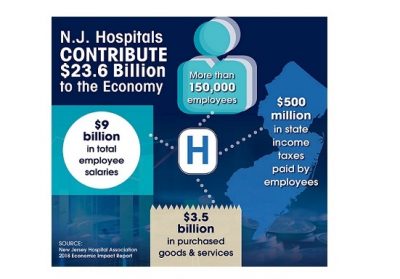November 14, 2018 / By Jacqueline LaPointe
Value-based reimbursement models are moving the needle on quality and cost, a new analysis from Humana shows.
In 2017, medical costs for patients attributed to primary care practices (PCPs) in Humana’s value-based reimbursement models for Medicare Advantage (MA) were 15.6 percent lower compared to Medicare fee-for-service, the insurer reported.
Internally, medical costs were also one percent lower for patients seeing PCPs in value-based payment models compared to patients treated by PCPs in Humana’s Medicare Advantage fee-for-service (FFS) setting.
“Humana MA value-based physicians had better results than their peers in FFS,” Kathryn Lueken, MD, MMM, Humana’s Corporate Medical Director of Medical Market Clinical Integration, wrote in the report. “The goal of taking costs out of the system and creating more value for the care received is showing results. Thus, value-based care is achieving the goal of creating higher quality medical care for lower cost.”
The transition to value-based care and payment has been a long and bumpy road for the healthcare industry.
READ MORE: Best Practices for Value-Based Purchasing Implementation
The Affordable Care Act really pushed the value-based care movement, but since then only about one-third of healthcare payments are tied to an alternative payment model with some degree of shared savings or risk, the Health Care Payment Learning & Action Network (LAN) recently reported.
Recent research also questions if value-based reimbursement can truly lower costs while maintaining or improving care quality. For example, a 2018 Healthcare Financial Management Association (HMFA) study of commercial payer and Medicare data from 2007 to 2015 found that the efficacy of alternative payment models reducing costs and improving care quality has yet to be proven.
However, value-based reimbursement at Humana is working to improve not only costs, but also utilization and quality, the insurer reported on Tuesday.
Patients in value-based reimbursement agreements were admitted to the hospital inpatient department 23.4 percent less than patients in traditional Medicare in 2017. And the patients went to the emergency room 15.6 percent less.
Even patients attributed to PCPs in bonus-only arrangements, which had limited upside shared savings, had fewer hospital admissions and emergency room visits. Hospital inpatient admissions and emergency room visits were 19.1 percent and 10.1 percent lower, respectively.





